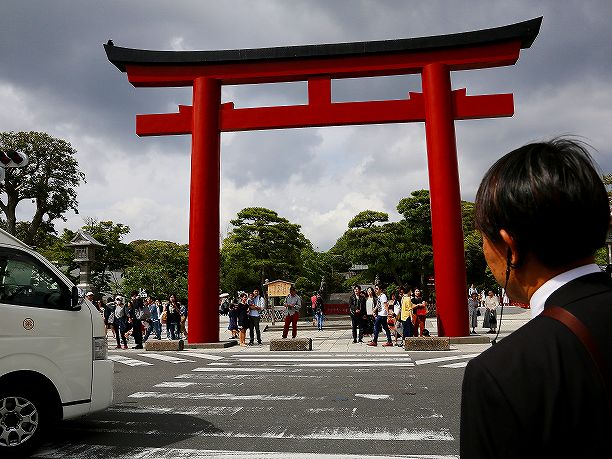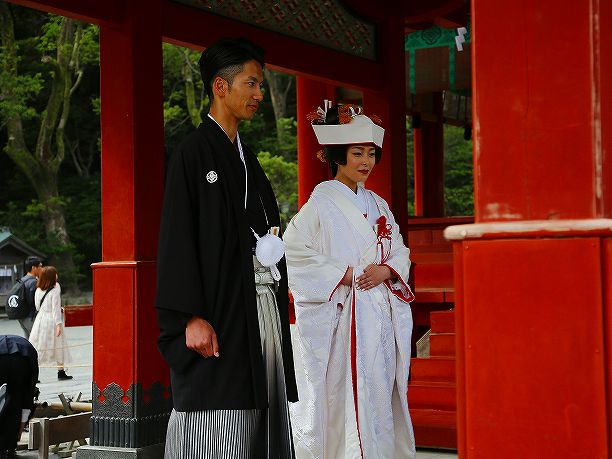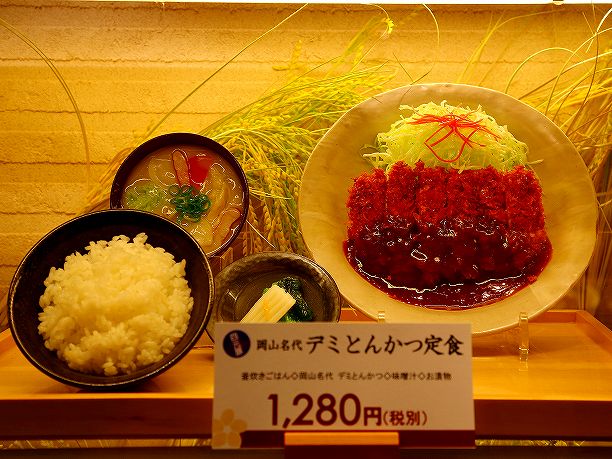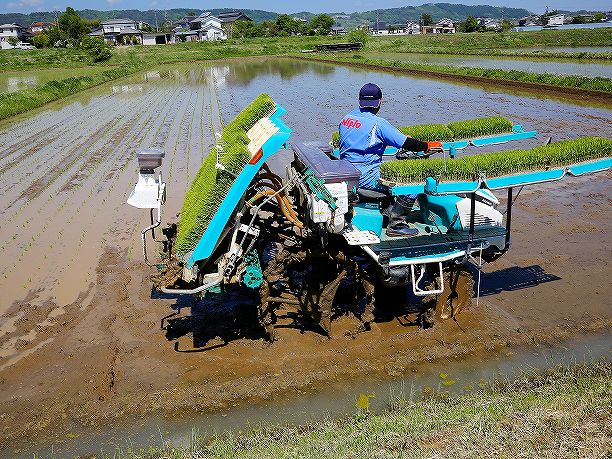I introduce the country of Japan.
Japan consists of four large islands and many small islands.
The four big islands are Hokkaido, Honshu, Shikoku and Kyushu from the north.
All four islands are connected by the bridges, so We can move by land.
Hokkaido has a small population for its size, so nature remains the most in Japan.
I went to Hokkaido to take pictures of large birds, such as uralowls, sea eagles, Japanese cranes.
Honshu is the largest, with the capital Tokyo, and my home in Yokohama.
Mountains are connected like a spine in the central part of Honshu.
I go to the mountainous area of Nagano Prefecture in the center to take birds every year.
The huge grassland of Mt. Fuji is also an attractive place to observe birds.
Shikoku is the smallest of the four islands.
There are places in Kyushu where cranes from all over the world overwinter.
The cranes come from Siberia every year from mid-October and return to Siberia in March. The total number is over 10,000.
80% of Hooded Crane and 50% of White-naped Crane overwinter in Japan.
Below is the map of Japan.
Hokkido is the purple(Sapporo) part.
Honsyu is the blue(Fukushima and Miyagi), green(Tokyo,Yokohama and Mt.FUJI), yellowish green(Nagano and Nigata), yellow(Kyoto and Osaka), orange(Hiroshima) parts.
Sikoku is the pink(Kagawa and Kochi) part.
Kyusyu is the red(Nagasaki,Kumamoto,Kagoshima and Okinawa) part.
Basic information on Japan
Area is 378,000km2.
Population is 12.631 million.
The country is 70% mountainous and the forest rate is 67%.
The north-south length is 2845 km.
The highest peak is Mt. Fuji at 3776m.
he national bird is the Japanese Green Pheasant.
There are four seasons.
There are spring (March to May), summer (June to August), autumn (September to November), and winter (December to February).
Four seasons in Japan
I introduce beautiful Japanese landscapes,events and culture with photos
Friday 18 October 2019
Thursday 23 May 2019
Rice Planting
In Japan, May is a season of rice planting.
A photograph of a Japanese farmer, surrounded by rice fields.
At first we plant rice (seed) and make rice seedling. As we use rice planting machines, we will make rice seedlings in a designated container.
This rice planter can plant six rows of seedlings at once, two rows each with three arms.
Japanese rice fields are relatively small, so they are small in size.
In the center in the back is the part that grinds the fertilizer, if you put the fertilizer here.
Fertilizer is also sprinkled with the seedlings.
This fertilizer is capsule type fertilizer and it has been in water for a long time.
The capsule is broken and the fertilizer in it dissolves, and it seems to be the nutrition of the rice.
Rice planting was finished in about 1 hour in this size rice field.
Sunday 19 May 2019
Traditional divine wedding ceremony
I went to Turugaoka Hachimangu, the largest and most famous shrine in Kamakura.
It was founded when the capital of Japan was in Kamakura over 1000 years ago.
There is a big red gate called torii, and this is the beginning.
Gatekeepers, fictional animals, sit and guard on both sides.

The road from here to the main hall is called Dankazura.

I saw a couple of weddings on this day as it was a auspicious day.
The wedding procession has begun from the road leading to Turugaoka Hachimangu.
The first two people got a wedding, followed by relatives and friends.

There was also a dedicated photographer who took pictures of the wedding.



There is a main hall ahead of this red big Torii.

The lower building is the Maiden, and the upper one is the main building called Honden.
The wedding will be held at Maiden.

It is a place to clean hands and mouth before the worship.

The another wedding had already begun at the red-painted Miden hall.

The bride and the priest and various tools used in the ceremony
People who play Gagaku
The golden pot possessed by the shrine maiden contains divine sake

A pledge of vows

The golden pot possessed by the shrine maiden contains divine sake


Saisi who performs the ceremony and Maiden



People who play Gagaku

The priest wore something like a wooden shoe

The wedding was over without delay and the bride left.

The groom and the bride were smiling with Seiji who went to the ceremony

Groom and bride

congratulations

The main hall is on the top of the stone steps from Maiden.

It is Maiden and Torii that I looked down from the main hall.

Reference : Turugaoka Hatimangu
It was founded when the capital of Japan was in Kamakura over 1000 years ago.
There is a big red gate called torii, and this is the beginning.
Gatekeepers, fictional animals, sit and guard on both sides.

The road from here to the main hall is called Dankazura.

I saw a couple of weddings on this day as it was a auspicious day.
The wedding procession has begun from the road leading to Turugaoka Hachimangu.
The first two people got a wedding, followed by relatives and friends.

There was also a dedicated photographer who took pictures of the wedding.



There is a main hall ahead of this red big Torii.

The lower building is the Maiden, and the upper one is the main building called Honden.
The wedding will be held at Maiden.

It is a place to clean hands and mouth before the worship.

The another wedding had already begun at the red-painted Miden hall.

The bride and the priest and various tools used in the ceremony

People who play Gagaku

The golden pot possessed by the shrine maiden contains divine sake

A pledge of vows

The golden pot possessed by the shrine maiden contains divine sake


Saisi who performs the ceremony and Maiden



People who play Gagaku

The priest wore something like a wooden shoe

The wedding was over without delay and the bride left.

The groom and the bride were smiling with Seiji who went to the ceremony

Groom and bride

congratulations

The main hall is on the top of the stone steps from Maiden.

It is Maiden and Torii that I looked down from the main hall.

Reference : Turugaoka Hatimangu
Location:
Kamakura
Tuesday 14 May 2019
Menu of restaurant
At Japanese restaurants, the menu has paintings and food samples.
It is easier to understand than the explanation of any words.
I think that it is very convenient especially for foreigners.
I have never seen such a menu abroad.
Photos are easy, so I want them to spread around the world.
A. Paintings
1. Pizaa shop

2. Coffe shop


B. Food samples
A food sample is a model of a dish that is displayed at a storefront or in a restaurant.
Made mainly of plastic, non-perishable materials such as wax and synthetic resin, it makes the detail of the product visually visible.
Recently, it is also sold to the general public, and it is also popular as a model, accessories, and souvenirs for foreigners.
It looks very delicious in the picture but it can not be eaten.
1. Chinese restaurant





2. Jananese restaurant

Japanese noodle (SOBA)

Japanese noodle (SOBA)

Japanese noodle with TENPURA (TENPURA SOBA)

Small bowl dish

Pork cutlet (TONKATU)

Child lunch (OKOSAMA RANTI)
3. Ramen shop

Ramen
It is easier to understand than the explanation of any words.
I think that it is very convenient especially for foreigners.
I have never seen such a menu abroad.
Photos are easy, so I want them to spread around the world.
A. Paintings
1. Pizaa shop

2. Coffe shop


B. Food samples
A food sample is a model of a dish that is displayed at a storefront or in a restaurant.
Made mainly of plastic, non-perishable materials such as wax and synthetic resin, it makes the detail of the product visually visible.
Recently, it is also sold to the general public, and it is also popular as a model, accessories, and souvenirs for foreigners.
It looks very delicious in the picture but it can not be eaten.
1. Chinese restaurant





2. Jananese restaurant

Japanese noodle (SOBA)

Japanese noodle (SOBA)

Japanese noodle with TENPURA (TENPURA SOBA)

Small bowl dish

Pork cutlet (TONKATU)

Child lunch (OKOSAMA RANTI)
3. Ramen shop

Ramen
Subscribe to:
Posts (Atom)











